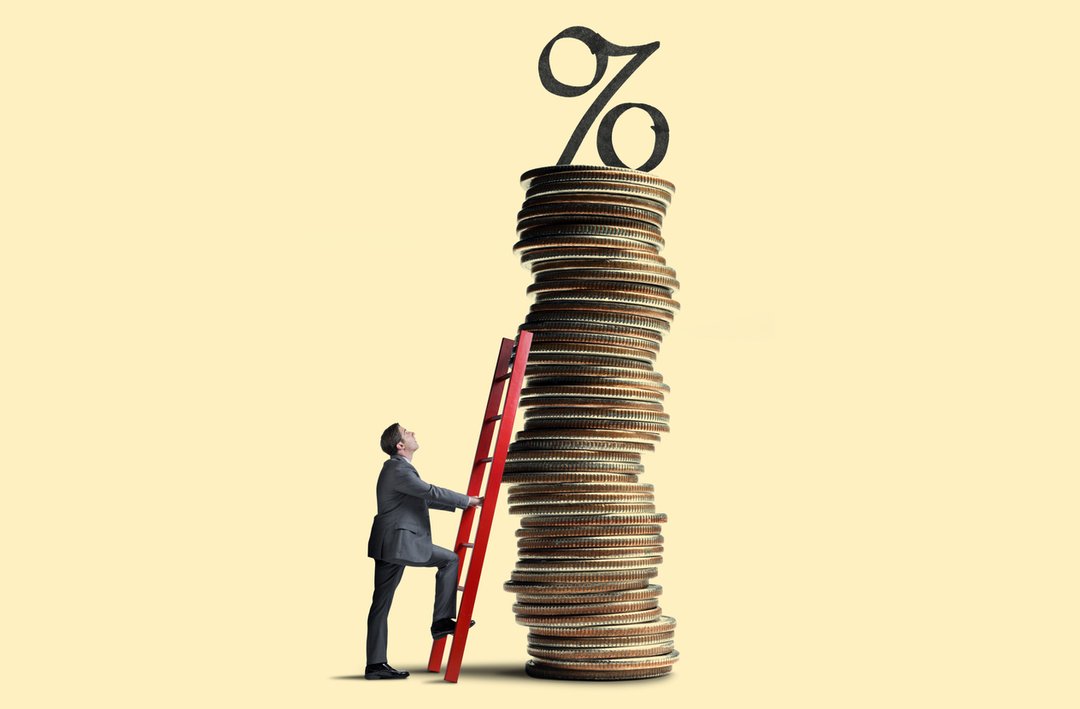
Karishma Vanjani
July 28, 2022
For Siraj Syed, moving to North Carolina for a new job late last year meant one thing for sure: His 2009 Toyota Corolla had to go because it could have given up at any time.
He had his heart set on a BMW M3 but it had a price tag of $100,000 and the wait time was six months. So in April, he drove home a BMW 3 Series, taking out a six-year auto loan for more than $65,000. With an interest rate of 7.49%, he will pay more than $16,000 in interest alone.
Compare that with SivaKrishna Sunkara, a recently married software engineer, who walked into a car dealership in late 2020 and came out with a 0% interest rate on a roughly $35,000 auto loan on a six-cylinder Toyota Camry.

iStock-1323554443.jpg
While Syed is shelling out $1,143 monthly for his new ride, he is hardly the only one paying a higher rate than during the pandemic. Shoppers looking for new cars, homes or even credit cards are all dealing with higher interest rates, and they have the Federal Reserve’s battle with inflation to thank for it.
Inflation is higher than it has been in four decades, so the central bank has raised its target for the benchmark fed-funds rate from near zero at the start of the year to the present 2.25%-2.5% range, including the 0.75 percentage-point increase the Fed announced on Wednesday after its latest policy-setting meeting.
While the fed-funds rate isn’t directly linked to what consumers pay, moves in the former affect the latter. Higher benchmark rates are likely to bring inflation under control, so the long-term benefits are clear. But borrowing costs were low for years before the latest surge, and no one likes to pay more.
Auto Loan Rates
For a 5-year fixed auto loan, rates had risen to 4.86%, on average, as of July 20, still below the prepandemic high of 4.95%, but not far from the 5.3% record seen at the beginning of 2012, according to the personal finance website Bankrate.
Auto loans are tied to the prime rate, which is typically 3 percentage points higher than the Fed’s benchmark rate. The prime rate is what’s offered to the most creditworthy borrowers but in a lot of cases, banks and other lenders charge prime plus a certain percentage to cover their costs.
Bankrate’s Greg McBride expects the rate on auto loans to rise to 6% by the end of the year as the central bank targets a mid-3% range for the fed-funds rate.
Mortgage Costs
Anyone shopping for a house can expect to pay somewhere around the average rate of 5.07% for an adjustable-rate mortgage, or ARM. This rate is fixed for 10 years and then adjusts to a variable amount for the remainder of the loan term.
Compared with 30-year fixed mortgage rates, which stand at 5.67%, ARMs can be cheaper, but many home buyers prefer fixed rates to protect themselves against uncertainty. Last month, 30-year fixed rates hit 5.91%, the highest since mid-2009.
Consider first-time home buyers Uday Shakelli and his wife, who live in Austin, Texas. The duo made a down payment for a single-family house late last year, thinking inflation would pass on its own without the Fed needing to raise interest rates, given that the Fed said last year that high prices would be transitory. They rushed to lock in their mortgage rate early in May for an October closing, securing a 3.9% rate. But several delays in the construction of the house are making that timeline less likely.
“Even after doing our homework, we might not be able to close on that [good] rate,” he said.
Rates for fixed-rate mortgages track the yield on 10-year Treasury debt, which moves in line with expectations for inflation. The 10-year yield rose to its highest level since 2011, after inflation soared to 9.1% last month.
Mortgages rates could tick lower if inflation begins to decline, McBride said.
Credit-Card Rates
Average interest rates on credit cards are heading toward record highs as the Fed continues to jack up rates. Annual percentage rates had risen to 17.25%, on average, as of July 20. That is just slightly shy of the 17.87% record set in April 2019.
Unlike fixed mortgage rates, credit-card APRs are more sensitive to the fed-funds rate because they are tied to the prime rate.
What limits the potential damage from higher rates on credit cards and auto loans is employment. If the unemployment rate doesn’t rise, then households will be well placed to manage those higher costs, according to Nathan Sheets, Citi’s global chief economist.
The July job numbers come out in early August.
This Barron's article was legally licensed by AdvisorStream.
Copyright 2022 Dow Jones & Company, Inc. All Rights Reserved.



